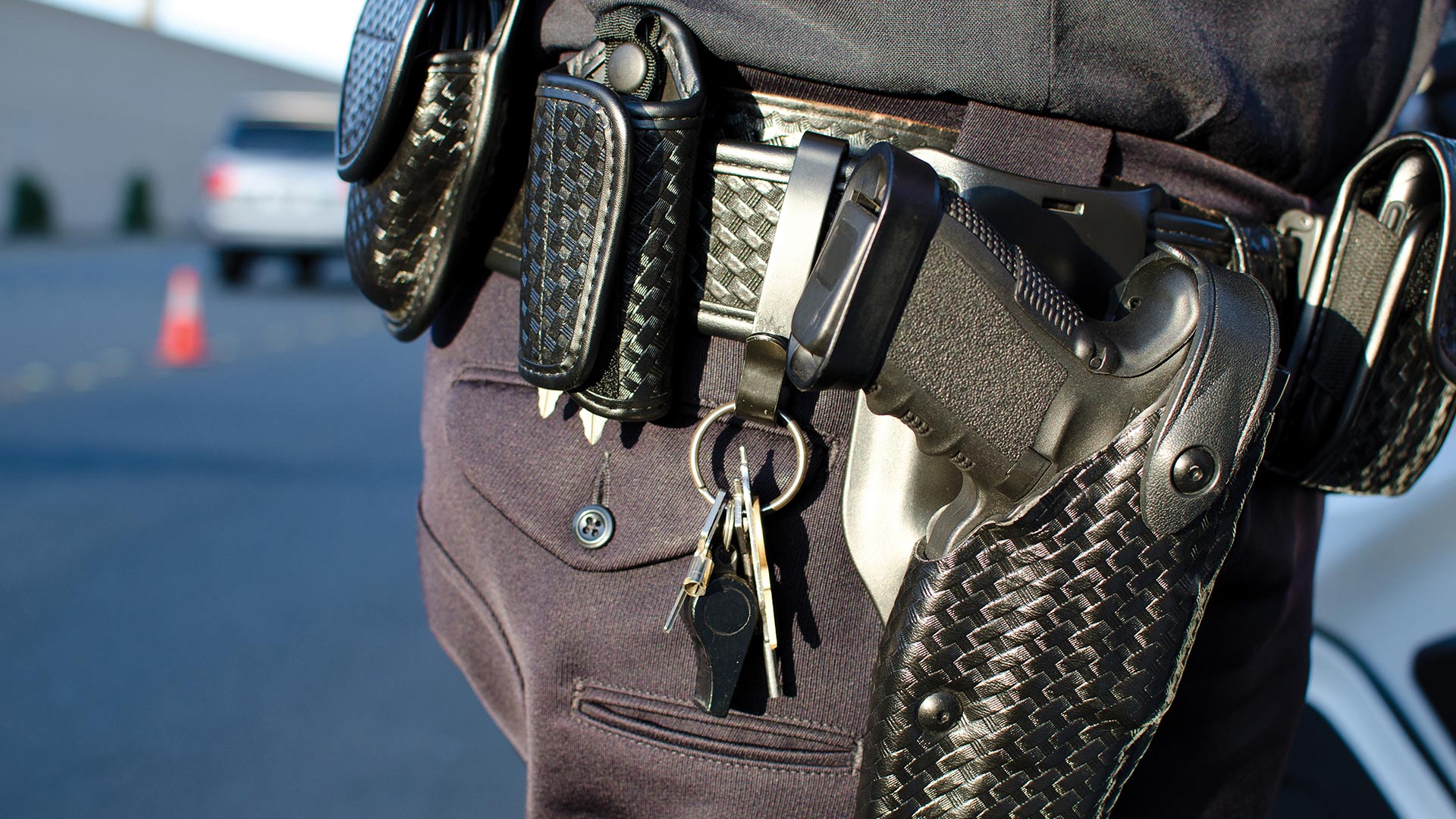
The beginning of policing and the first forms of policing can be debated to some degree; however, most of us would agree that modern-day policing started with Sir Robert Peel in London around 1829. This primitive police force carried, you guessed it, some primitive gear. The standard loadout of a Bobby in London at that time was a wooden truncheon, handcuffs, a wooden rattle to signal for help and an oil lantern for a light. If you think about it, it’s the modern-day equivalent of an ASP, handcuffs, a radio and a flashlight — the basic level of gear that the majority of us carry.
If you think about where the world was just shy of 200 years ago, it was a very different place. Back then in the U.S., there were only 24 states. Andrew Jackson had just been elected as the seventh president, slavery was still 45 years away from being abolished and women still had almost 100 years before they could vote. This country and the world were very much a different place. Thinking about how different things were back then, it begs the question: why does the gear we carry serve the same purpose as it did way back then? The answer lies in a sad, simple truth: human nature. No matter the changes in policy, advancements in technology or breakthroughs in science, human nature remains very much the same.
So let’s take a look at some of the gear we currently carry, where we carry it and, most importantly, why we carry it. We know that some of you carry gear because you have to or it’s mandated by agency policy. So let’s look at possibilities as to why your agency mandates you to carry what you carry. We all carry guns, and that could be an entirely different article. With that being said, we both carry Zev OZ9 Duty pistols. They take the same magazines as a Glock 17, offering interchangeability with many other officers in their area; accept Glock Gen 3 parts, which are readily accessible; and we prefer the ergonomics over those of a Glock. We all also carry knives and flashlights (which we have discussed in previous articles), Tasers and radios, which are typically issued by agency.
The best, most expensive piece of gear in the world is worthless if you cannot get to it when you need it.
So let’s talk about everything else we carry. We both carry an ASP baton directly behind our duty guns. We have carried 36-inch hickory sticks, or synthetic batons; however, unless you know you’re going to a shit show, you usually don’t have it with you. The ASP is on your belt and ready to go. Dan tried carrying a Monadnock expandable baton because he liked the idea of their “power tip,” but he needed to break a vehicle window to render aid in a serious car crash, and the Monadnock would not break the window. An assisting officer from another agency arrived on scene with a rescue hammer to break the window. Let’s be honest with ourselves — how many times have we actually used our batons as impact weapons, versus how often we’ve used them to break windows? Dan threw his Monadnock in the middle of the street and left it there after that incident. We need to make sure we are honest with ourselves about why we carry a particular piece of equipment and ensure that the equipment serves its true purpose.
In the last few years, most of us have also started carrying tourniquets. There is no argument that they save lives, but let’s just make sure we know when to use them. We have been on the scene of a shooting and watched an officer place tourniquets on both arms and both legs of a “victim.” The victim sustained gunshot wounds to all his extremities; however, none of the wounds resulted in an arterial bleed. None of those wounds required a tourniquet. After ensuring you know when to use a tourniquet, we need to make sure we know what types of tourniquets are best suited for what applications. The C-A-T 7 and the SOF Tourniquet are extremely simple to use for self-aid, and are simple to apply to someone else, even if you are wounded. However, they present some issues if you try to apply them to a small child or even some extremely small adults. The SWAT-T Tourniquet is undoubtedly more difficult to place on yourself or utilize while wounded; however, it can be cut in half and used on smaller people. Ideally, if you plan on carrying a tourniquet, you should plan on investing in at least one of each type.
Handcuffs are a must but are often restricted by agency policy. The final tips we have to offer are to get as much gear off of your belt as possible and get it on your vest. Taking weight off of your belt will prevent future back and hip issues, which is important in the long run. However, and honestly more importantly, it helps keep your gear closer to the center of your body. This will aid you in getting your gear quicker, and it will make it accessible to both hands. This means you can grab a pair of cuffs, your light or reload with either your right or left hand. Most of us have done training with some kind of simunitions and know gloves are a must because you typically get shot in the hands. The best, most expensive piece of gear in the world is worthless if you cannot get to it when you need it.
As seen in the May 2025 issue of American Police Beat magazine.
Don’t miss out on another issue today! Click below:





